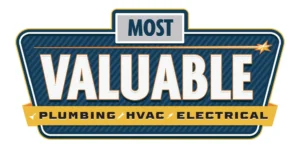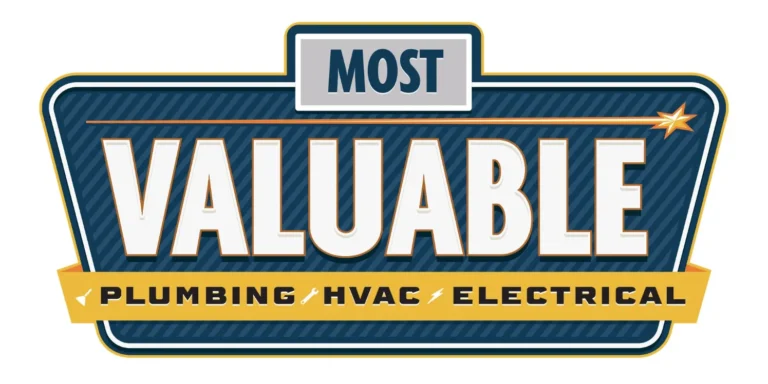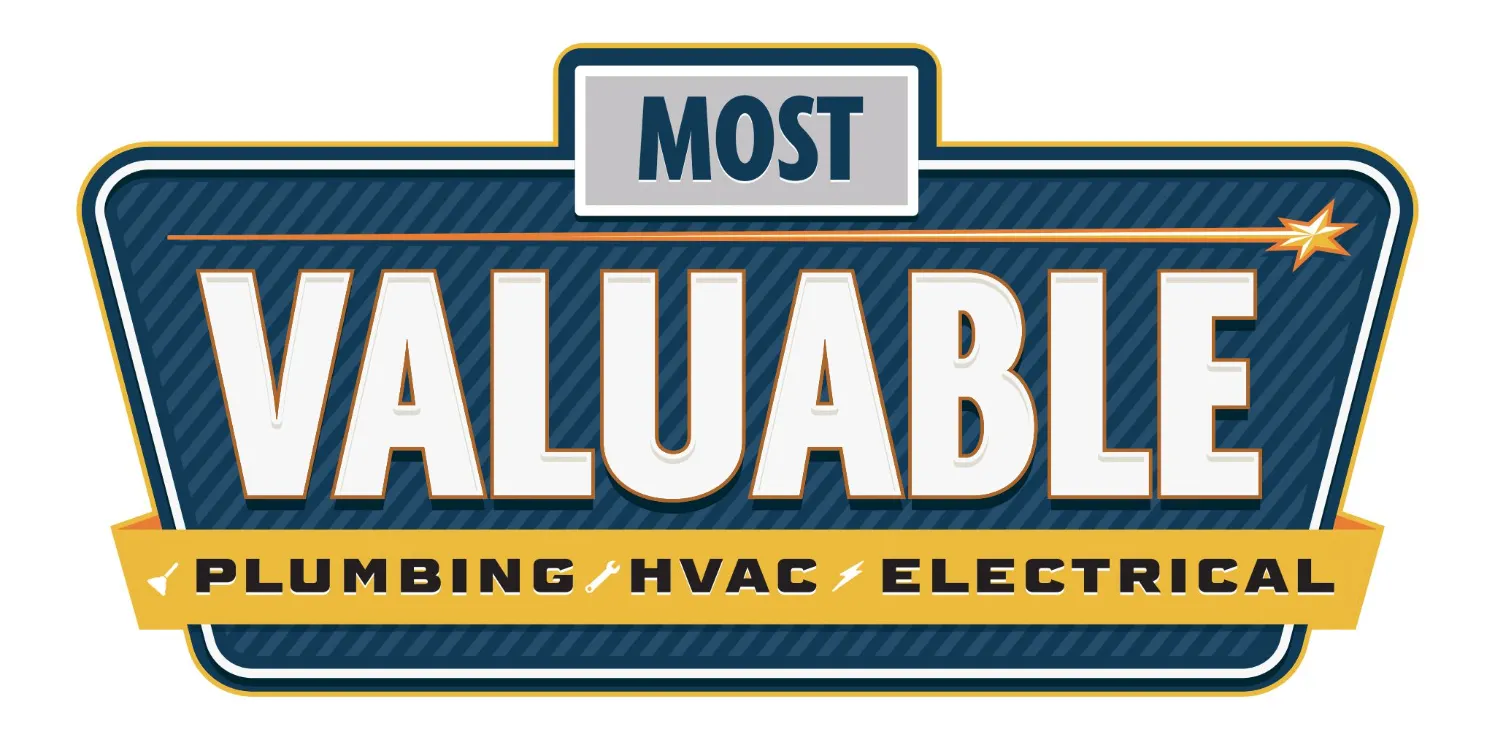When you have a clogged drain, you need to get it fixed fast. Two common methods for clearing clogs are hydro jetting and traditional snaking. Both methods can be effective, but they work in different ways. In this article, Most Valuable Plumber will explain hydro jetting and snaking, compare them, and help you pick the best one.
Are plumbing issues causing you stress? Turn to the pros at Most Valuable Plumber! Dial 855-458-9170 or explore Most Valuable Plumber to book your appointment. Your home deserves top-tier plumbing solutions!
What is Traditional Snaking?
Traditional snaking uses a tool called a drain snake or auger. This tool has a long, flexible metal cable with a coil or hook on the end. The plumber inserts the snake into the drain and turns a handle to push the snake through the pipe. The coil or hook at the end grabs onto the clog and breaks it up or pulls it out.
Call to schedule prompt service with Most Valuable Plumber: (818) 697-8263
Los Angeles County
Orange County
Ventura County
Benefits of Traditional Snaking
Effective for Simple Clogs: Traditional snaking is good for simple clogs caused by hair, soap, and small debris. It can often clear the clog quickly and get your drain flowing again.
Cost-Effective: Snaking is usually less expensive than hydro jetting. It is a good option if you are looking for a budget-friendly solution.
Less Water Usage: Traditional snaking does not use water, so it is a good choice if you want to save water.
Easy to Use: Many homeowners can use a basic drain snake on their own. It is a simple tool that does not require special training.
Drawbacks of Traditional Snaking
Limited Reach: Traditional snaking can sometimes struggle to reach clogs that are deep in the pipes. It is more effective for clogs that are closer to the drain opening.
May Not Clear All Debris: Snaking can break up clogs, but it may not remove all the debris from the pipes. Some buildup may stay behind, leading to future clogs.
Potential for Damage: If used improperly, a drain snake can damage pipes, especially if they are old or fragile.
What is Hydro Jetting?
Hydro jetting uses a high-pressure stream of water to clean pipes and remove clogs. The plumber inserts a special hose with a nozzle into the drain. The nozzle shoots out water at very high pressure, which blasts away clogs and cleans the inside of the pipes.
Benefits of Hydro Jetting
Thorough Cleaning: Hydro jetting not only removes clogs but also cleans the inside of the pipes. It can remove grease, scale, and other buildup, leaving the pipes clear and smooth.
Effective for Tough Clogs: Hydro jetting is very effective for tough clogs caused by grease, tree roots, and other hard-to-remove debris. The high-pressure water can break up and wash away even the most stubborn clogs.
Long-Lasting Results: Because hydro jetting cleans the pipes thoroughly, it can help prevent future clogs. This means fewer plumbing problems down the road.
Eco-Friendly: Hydro jetting uses only water, so it is an eco-friendly option. It does not involve harsh chemicals that can harm the environment.
Drawbacks of Hydro Jetting
Higher Cost: Hydro jetting is usually more expensive than traditional snaking. The equipment and process are more complex, which can increase the cost.
Requires Professional Service: A professional plumber should do hydro jetting. The high-pressure water can damage pipes if not used correctly, so it is important to have an expert handle the job.
Not Suitable for All Pipes: Some older or damaged pipes may not be able to withstand the high pressure of hydro jetting. The plumber will need to assess your pipes to determine if hydro jetting is a safe option.
Comparing Hydro Jetting and Traditional Snaking
Effectiveness: Traditional Snaking: Good for simple clogs close to the drain. May not remove all debris.
Hydro Jetting: Very effective for tough clogs and thorough cleaning. Can remove grease, scale, and tree roots.
Cost: Traditional Snaking: Generally less expensive. Good for budget-friendly solutions.
Hydro Jetting: More expensive due to the complexity and equipment involved.
Usage: Traditional Snaking: Can be used by homeowners for simple clogs. Professional service recommended for deeper or tougher clogs.
Hydro Jetting: Requires professional service. Not suitable for all pipes.
Environmental Impact:
Traditional Snaking: Does not use water. No chemicals involved.
Hydro Jetting: Uses water but no chemicals. Eco-friendly option.
Which is Better?
Choosing between hydro jetting and traditional snaking depends on your specific needs and situation.
Consider Traditional Snaking If:
You have a simple clog close to the drain.
You are looking for a budget-friendly solution. You want to try a DIY approach for minor clogs.
Consider Hydro Jetting If:
You have a tough clog caused by grease, tree roots, or other hard-to-remove debris.
You want a thorough cleaning of your pipes to prevent future clogs. You prefer an eco-friendly option that does not use chemicals.
Conclusion
Both hydro jetting and traditional snaking have their benefits and drawbacks. Traditional snaking is good for simple, cheap fixes, while hydro jetting is best for tough clogs and deep cleaning. Knowing the differences helps you choose the right method for your plumbing needs.
Always consult a professional plumber to assess your situation and recommend the best solution. Whether you choose hydro jetting or snaking, keeping your pipes clear and well-maintained will prevent plumbing problems and keep your home running smoothly.
For the best results, consult with Most Valuable Plumber to ensure your plumbing system is in top condition.


